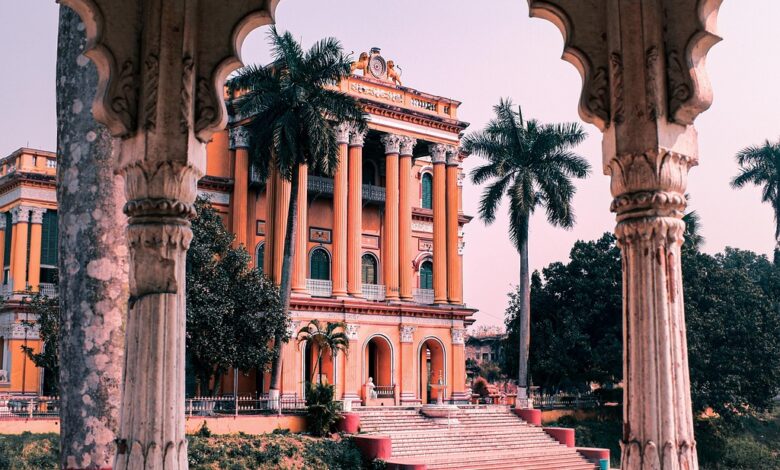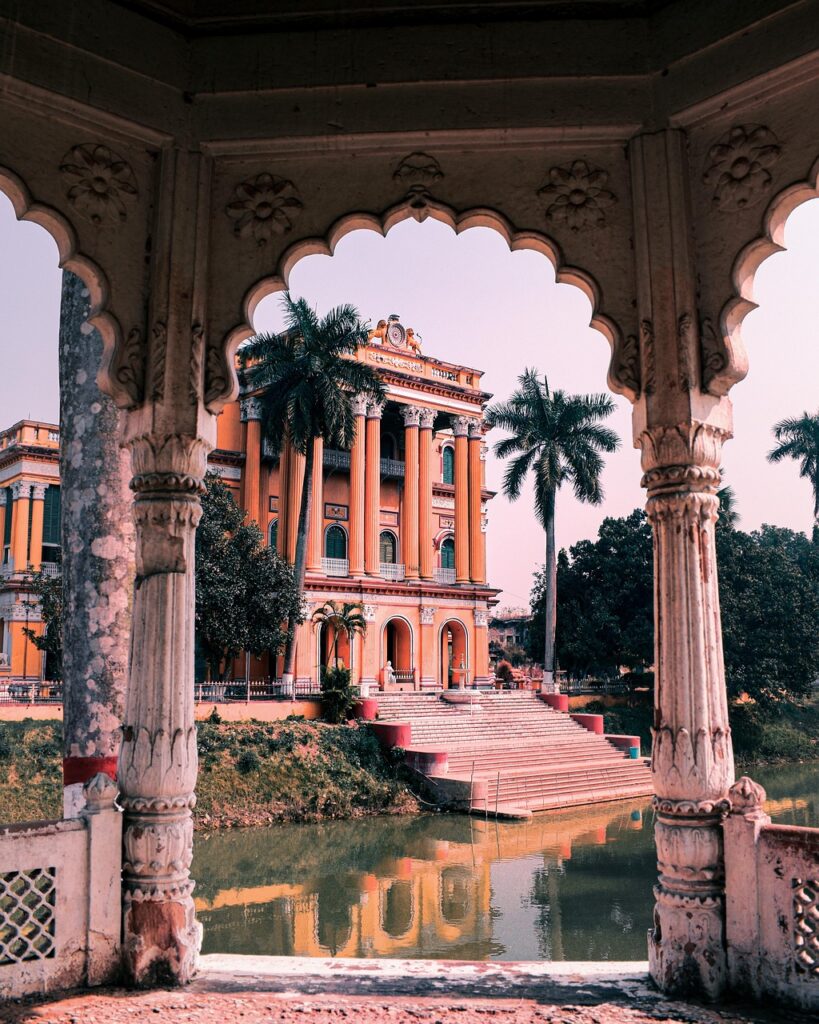The Ultimate Guide to the Best Time to Visit India in 2025

India, a land of rich cultural heritage, diverse landscapes, and vibrant traditions, is a dream destination for many travelers. However, with its vast size and varied climatic conditions, choosing the best time to visit India can be a daunting task for even the most seasoned explorers. The country’s diverse geographical features—from the snow-capped peaks of the Himalayas to the tropical beaches of Goa—create vastly different weather patterns across regions, making the timing of your visit crucial. If you’re planning to travel to India in 2025, this comprehensive guide will help you determine the ideal time to experience the magic of this incredible country.
Understanding India’s Climatic Zones
India’s climate is as diverse as its culture. The best time to visit India largely depends on the region you plan to explore. From the cool hill stations in the north to the sun-soaked beaches of the south, the country’s weather varies dramatically. Broadly, India experiences three main seasons: summer (March to June), monsoon (June to September), and winter (October to February). Each season offers unique experiences, and knowing when to visit will enhance your journey significantly.
The Best Time to Visit India for Northern Destinations
Northern India, home to iconic cities such as Delhi, Agra, and Jaipur, as well as the Himalayan region, offers a vastly different experience depending on the time of year. The best time to visit India for this region is typically from October to March, during the winter season. During these months, the weather is cool and pleasant, making it ideal for sightseeing and outdoor activities.
In the winter months, cities like Delhi, Agra, and Jaipur experience daytime temperatures between 10°C and 25°C, perfect for exploring landmarks such as the Taj Mahal, Red Fort, and Amber Fort. Moreover, the weather in the hill stations like Manali, Shimla, and Dharamshala is crisp and refreshing, with the possibility of snowfall in higher altitudes. For travelers looking for a serene experience amidst snow-clad mountains, this is the best time to visit India.
The spring months of March and April also offer a wonderful opportunity to explore the northern regions. Temperatures start rising, but they remain comfortable, especially in the evenings. However, this is not the best time to visit the plains of North India if you are not fond of heat, as summer begins to set in by May.
The Best Time to Visit India for Southern Destinations
Southern India, which includes the states of Kerala, Tamil Nadu, Karnataka, and Andhra Pradesh, has a more consistent tropical climate. The best time to visit India for this region is between November and March, when the weather is at its most pleasant. The monsoon season, which lasts from June to September, brings heavy rainfall, particularly along the western coast. During this period, humidity is high, and many coastal areas can be less inviting for travelers.
In contrast, the winter months offer a dry and comfortable atmosphere perfect for exploring the palm-lined beaches of Goa or the backwaters of Kerala. Kerala’s hill stations, such as Munnar, are also cooler and more inviting during this period, offering an escape from the tropical heat.
For those looking to explore the bustling cities of Chennai, Bangalore, or Hyderabad, the months of November to February are ideal as the temperatures remain mild and the evenings are breezy. Visiting the temples and historical landmarks in Tamil Nadu or experiencing the vibrant festivals of Kerala is much more enjoyable during this time, as the heat and humidity are minimal.
The Best Time to Visit India for the Himalayan Region
If your primary goal is to experience the mighty Himalayas, the best time to visit India is between May and October. This is when the weather is at its most favorable for trekking and outdoor adventures. The months of May to June offer pleasant temperatures, while July and August are the peak monsoon months, making the trails slippery and difficult to navigate. Therefore, it’s best to avoid this period.
From September to October, as the monsoon starts to recede, the skies clear up, and the views of the snow-covered peaks are absolutely spectacular. The autumn season brings clear, crisp weather with stunning views of the mountains, making it an ideal time for trekking in regions like Leh, Ladakh, and Himachal Pradesh.
The Best Time to Visit India for Festivals
One of the most exciting aspects of visiting India is the opportunity to witness its famous festivals. Depending on when you visit, you can experience some of the most celebrated cultural events in the world. The best time to visit India to enjoy festivals would typically be during the months of October to February.
Diwali, the Festival of Lights, usually falls between October and November, and it is a must-see experience for travelers seeking a unique cultural immersion. The vibrant streets, the bursting of fireworks, and the beautifully lit homes make this festival one of the most enchanting in the world. Similarly, Holi, the Festival of Colors, takes place in March and is another incredible experience, where you can join in the exuberant celebrations of color and joy.
Additionally, the winter months mark the beginning of the wedding season in India, which means a spectacular array of cultural events, music, and dance will fill the air. If you’re in the right place at the right time, you might even be invited to witness or participate in a traditional Indian wedding.
The Best Time to Visit India for Nature Lovers
Nature enthusiasts will find that India offers breathtaking experiences year-round, but some months are especially favorable for wildlife safaris, birdwatching, and nature treks. The best time to visit India for wildlife safaris is typically from November to March, when the weather is cooler, and wildlife sightings are more frequent. National parks like Ranthambhore, Jim Corbett, and Kaziranga are prime destinations during this time, as animals are more active and easier to spot.
In the monsoon months, from June to September, many parks close for the season due to the heavy rains. However, the months just after the monsoon—September to November—bring lush greenery, making it the perfect time for those who want to explore the diverse flora of India.

Conclusion
Choosing the best time to visit India in 2025 depends on your interests, the region you wish to explore, and the experiences you seek. Whether you’re drawn to the cultural riches of the north, the tropical beauty of the south, the adventure of the Himalayas, or the festivities that light up the country, there’s always a perfect time to visit this incredible nation. Keep in mind the seasonal weather patterns and plan your trip accordingly to ensure a memorable and comfortable journey through one of the world’s most diverse and captivating destinations.

